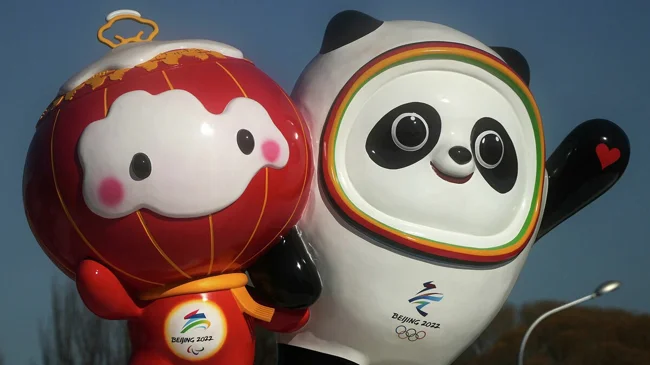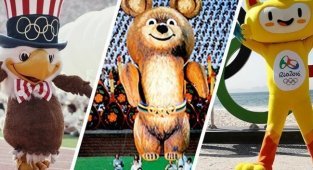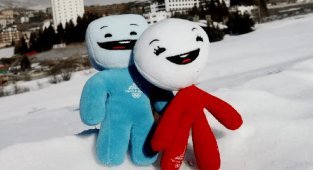Cute, funny and strange: what were the mascots of the Olympic Games at different times? (24 photos)
For a long time now, the Olympic Games have not been complete without mascots. But what were these figures that became part of the obligatory symbolism, from the beginning to the present day? 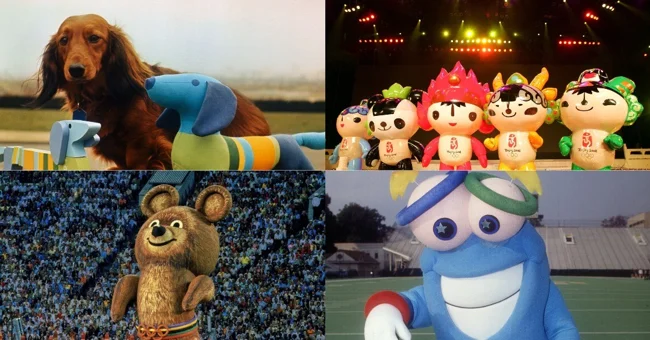
Schuss became the first, albeit unofficial, mascot. And he appeared at the 1968 Olympics, held in Grenobol, France. This tiny skier was printed on postcards, stamps and keychains, selling in huge quantities. After this, the organizers realized that in the future the mascot should be mandatory. 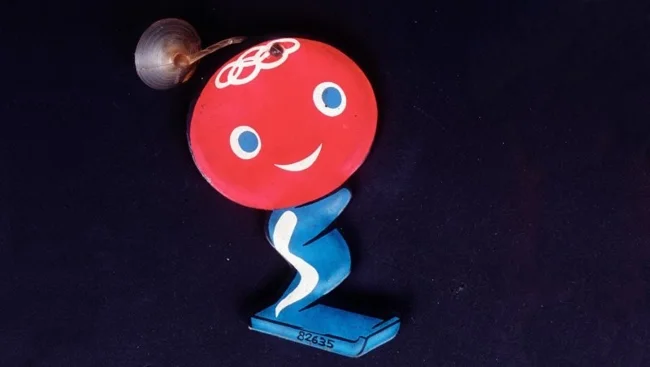
The 1972 Munich Olympics was graced by Waldi the dachshund. Why this breed? The thing is that it was widely popular in Bavaria. 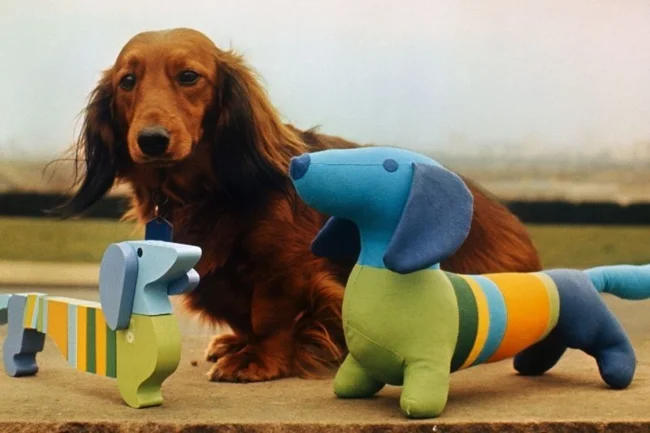
The symbol of the games in Innsbruck, Austria, was this strange snowman that accompanied all the participants. To be honest, he looks pretty creepy. 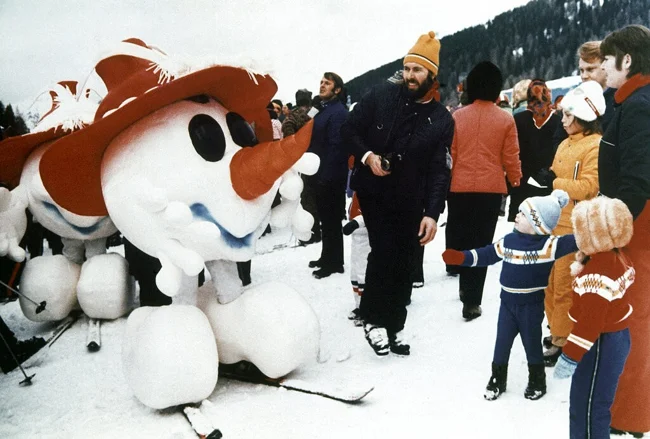
The 1980 Moscow Olympics gave birth to the most famous Mishka in the USSR. Its popularity was so great that even after the games it continued to be a symbol of sport and victory and was sold in thousands of copies. 
For the 1984 Olympic Games in Los Angeles, one of Disney's artists painted this eagle, decorated with Lincoln's hat and the torch of the Statue of Liberty. The organizers wanted to show that such a formidable bird can become a symbol of joy and hospitality. 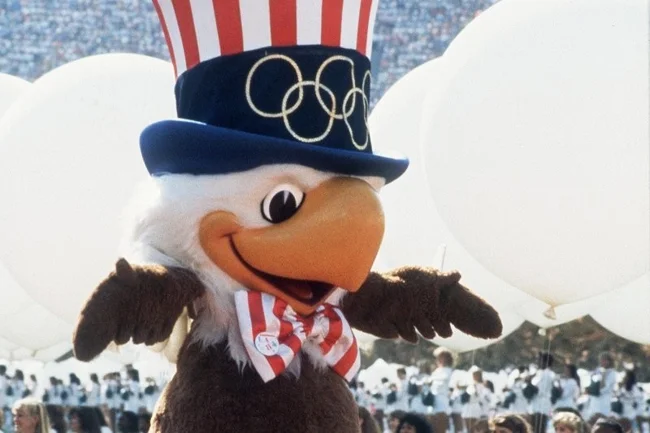
The face of the 1988 Canadian Olympics was polar bears named Headey and Howdy. By the way, it was after these games that countries began to use separate mascots symbolizing the Olympic and Paralympic Games. 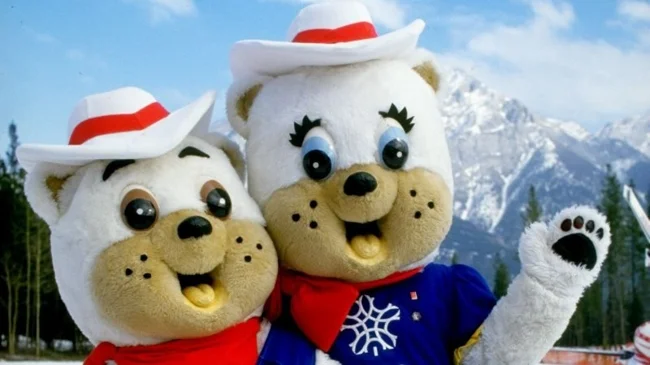
In 1988, the Koreans decided to decorate their Olympics in Seoul with the Amur tiger Hodori, who, despite the strength and uniqueness shown, was supposed to remain friendly. 
But the Spaniards chose the shepherd Kobe for their 1992 games. True, she looks very strange. But only because the artists deliberately chose Picasso’s technique to create the talisman. 
The 1994 Norwegian Olympics featured a human mascot for the first time. They were the children Haakon and Kristin, dressed in Viking garb. 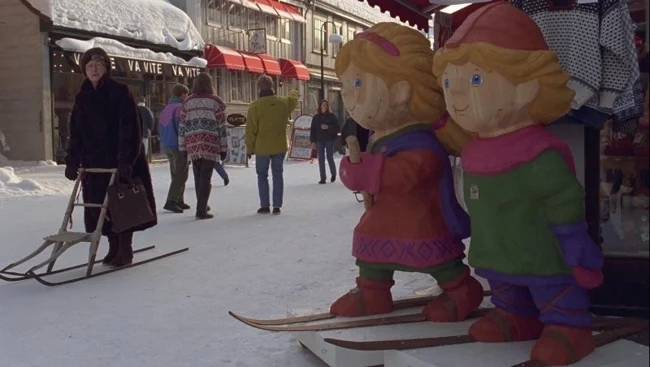
The Izzy mascot from Atlanta became famous due to its strangeness, because it was not drawn as before, but rather modeled on a computer. Probably because of this, no one understood what kind of creature it was, asking the question “What is it?” It is because of the consonance with these words that the talisman got its name. 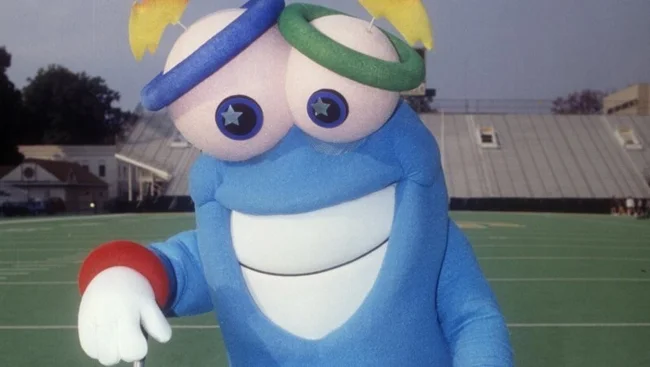
The Japanese presented four mascots at the 1998 Olympics. They were the owls Sukki, Nokki, Lekki and Tsukki, which symbolized the four main islands of this country. 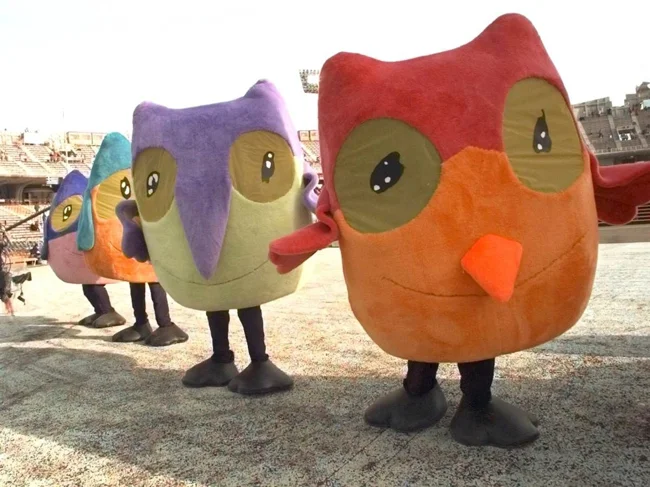
But Australia in 2000 decided to make the platypus, echidna and kookaburra bird, which live in a very limited area, as mascots. Such animals, by the way, are called endemics. 
In 2002, after Izzy's failure, Americans decided to choose their mascot wisely. This is how Gunpowder, Coal and Copper appeared straight from the legends of the Indians. 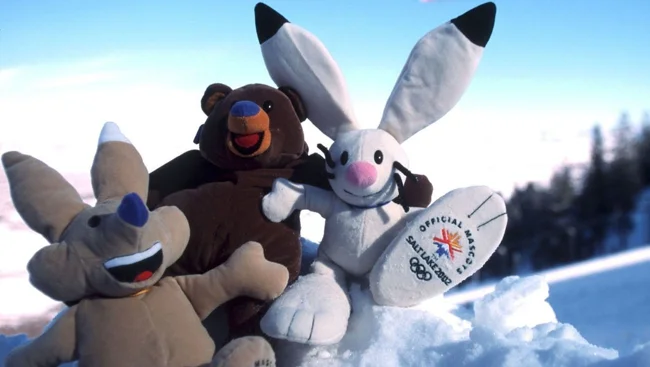
These glove dolls became the symbol of the Olympics in Athens. Thus, the artists wanted to pay tribute to the theatrical art, which had been actively developing in Greece since ancient times. 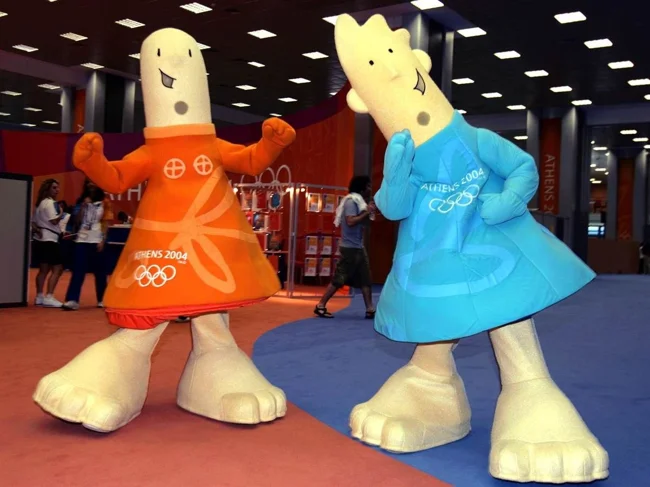
The ice cube Gliz and the snowball Neve were chosen from 200 images submitted by people and became companions of the Winter Games in Turin in 2006. By the way, this is the first time when people were involved in electing a symbol. 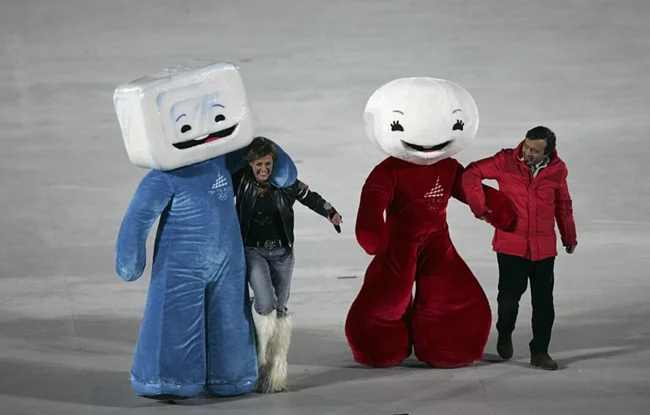
In 2008, China adopted five characters as its mascot, whose names translated into the phrase “Beijing welcomes you.” 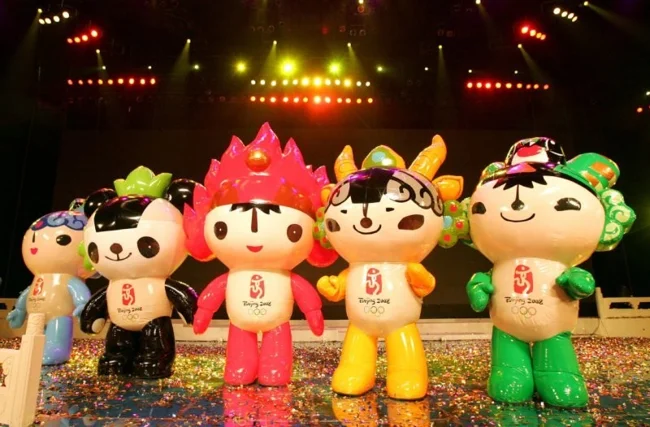
The 2010 Canadian Olympics were opened by these strange characters with the names Kwatchi, Miga and Mukmuk. Who they were became clear only after the artists themselves explained. It turned out that this is how they see animals like the marmot and the bear. 
London Wenlock and Mandeville, as well as Easies, look very strange. And this is not surprising, because not everyone can understand the author’s fantasy. He himself explained that they appeared from a steel beam left over from construction, symbolizing the perseverance and fighting spirit of the athletes. 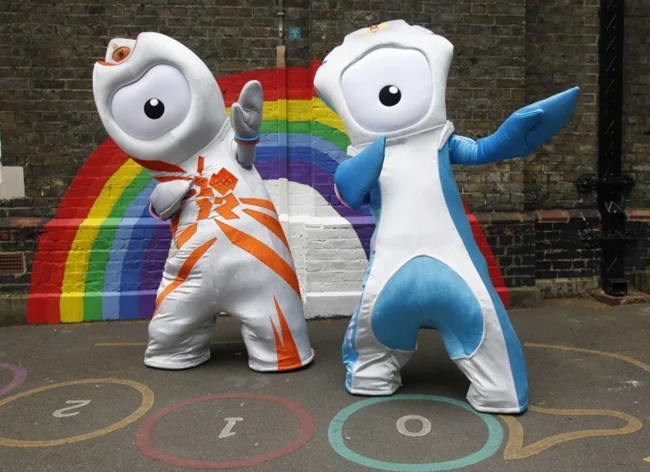
The leopard, the bunny and the polar bear need no introduction, as they were chosen in a national vote for the 2014 Olympics in Sochi. 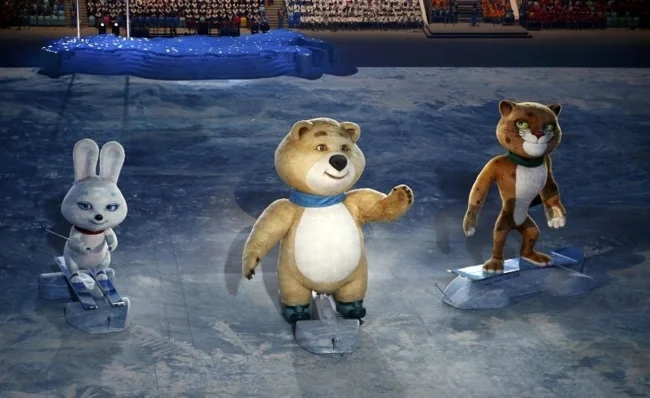
In 2016, the Brazilians demonstrated “witchcraft” by mixing several animals and plants in their mascots Vinicius and Tom. 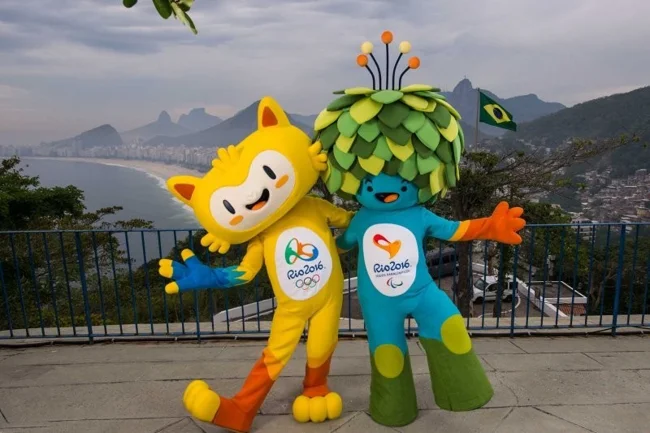
But everything is clear with the mascots of the Korean Pyeongchang, because they are the black bear Pandabi and the white tiger Suhoran. 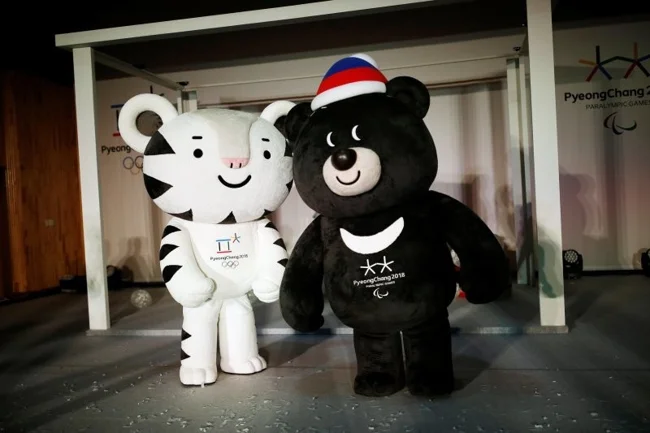
In 2020, another incomprehensible characters Miraitova and Someichi were shown in Tokyo. If their appearance looked incomprehensible, then their names had meaning. The first in translation means “future”, the second is the name of the blossoming Japanese cherry tree. 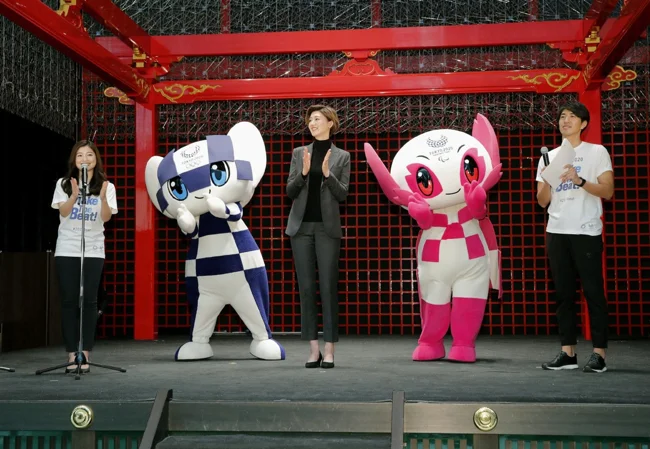
Well, let’s finish with the last talismans for today: Bing Dwen Dwen and Shuya Ron Ron. This is the name given to the panda in an ice shell and the red paper lantern presented in Beijing at the Winter Games. 